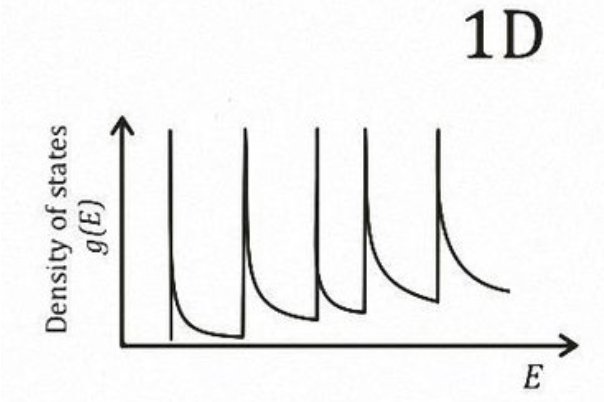There is a general rule that applies to confined structures: if the number of degrees of freedom is denoted by
In a quantum wire we have
Which is to say that we have 2 dimension of confinement and one degree of freedom for the electrons.
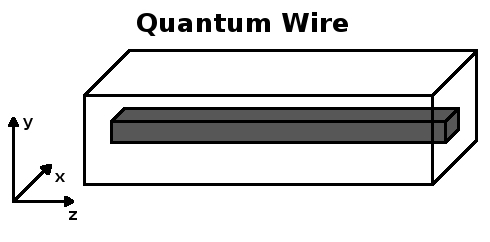
Let’s start from the Schrödinger equation
We separate in components the potential:
As we did before (in other scenarios) we solve separately the three dimensions and we sum up the energies and multiply the wavefunctions to get the overall solutions. What we will find is that we have a free particle in the
Along
Along
so the solutions are:
These (unlike in
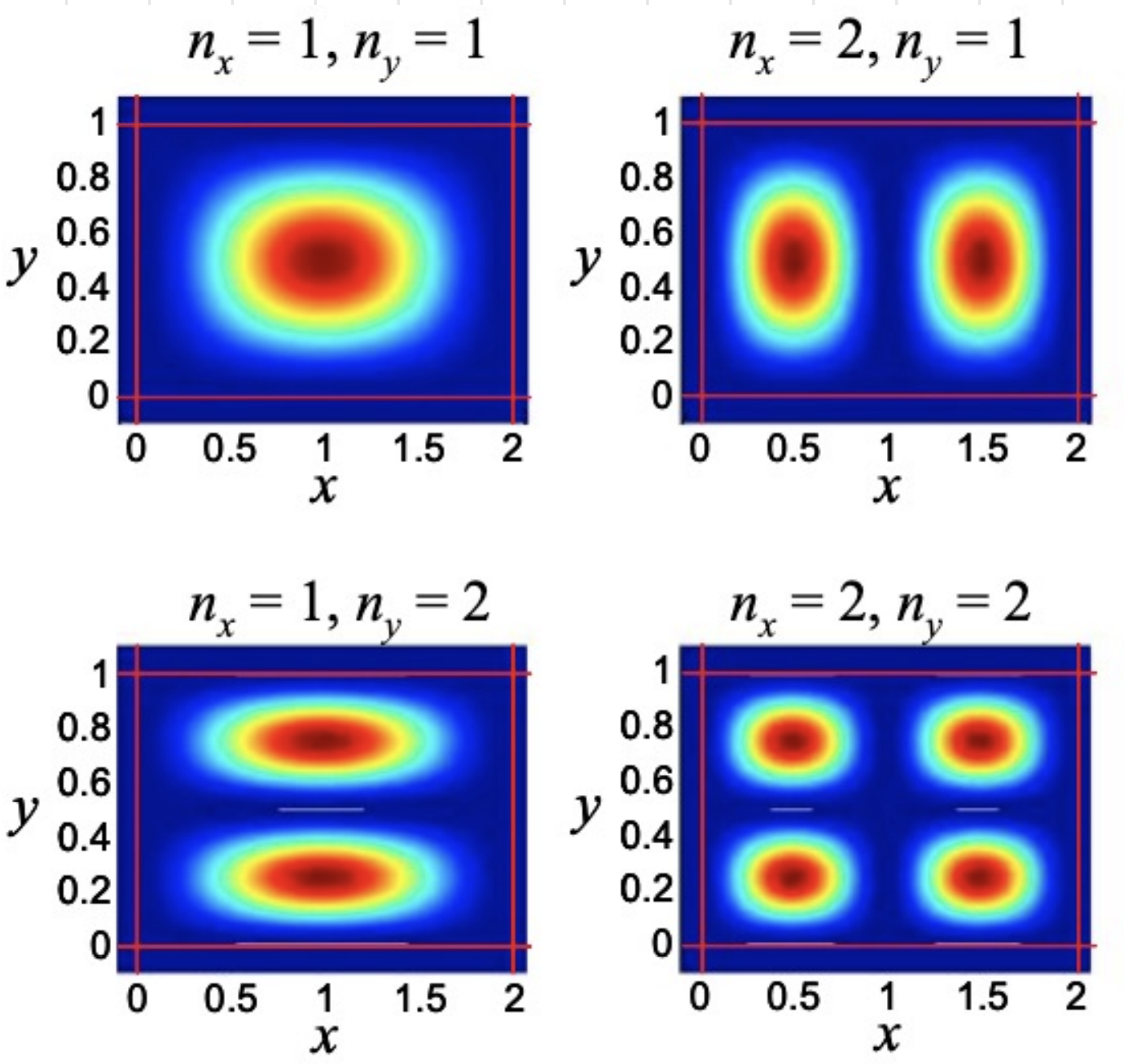
The total energy will be:
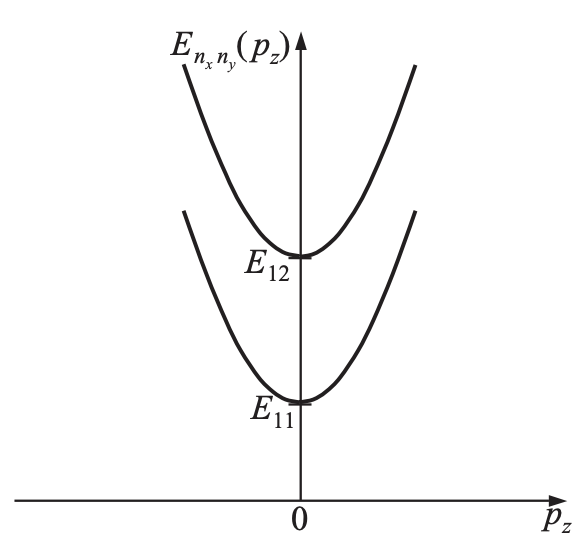
How many states are there in the parabola? To calculate them we need to apply conditions also in the
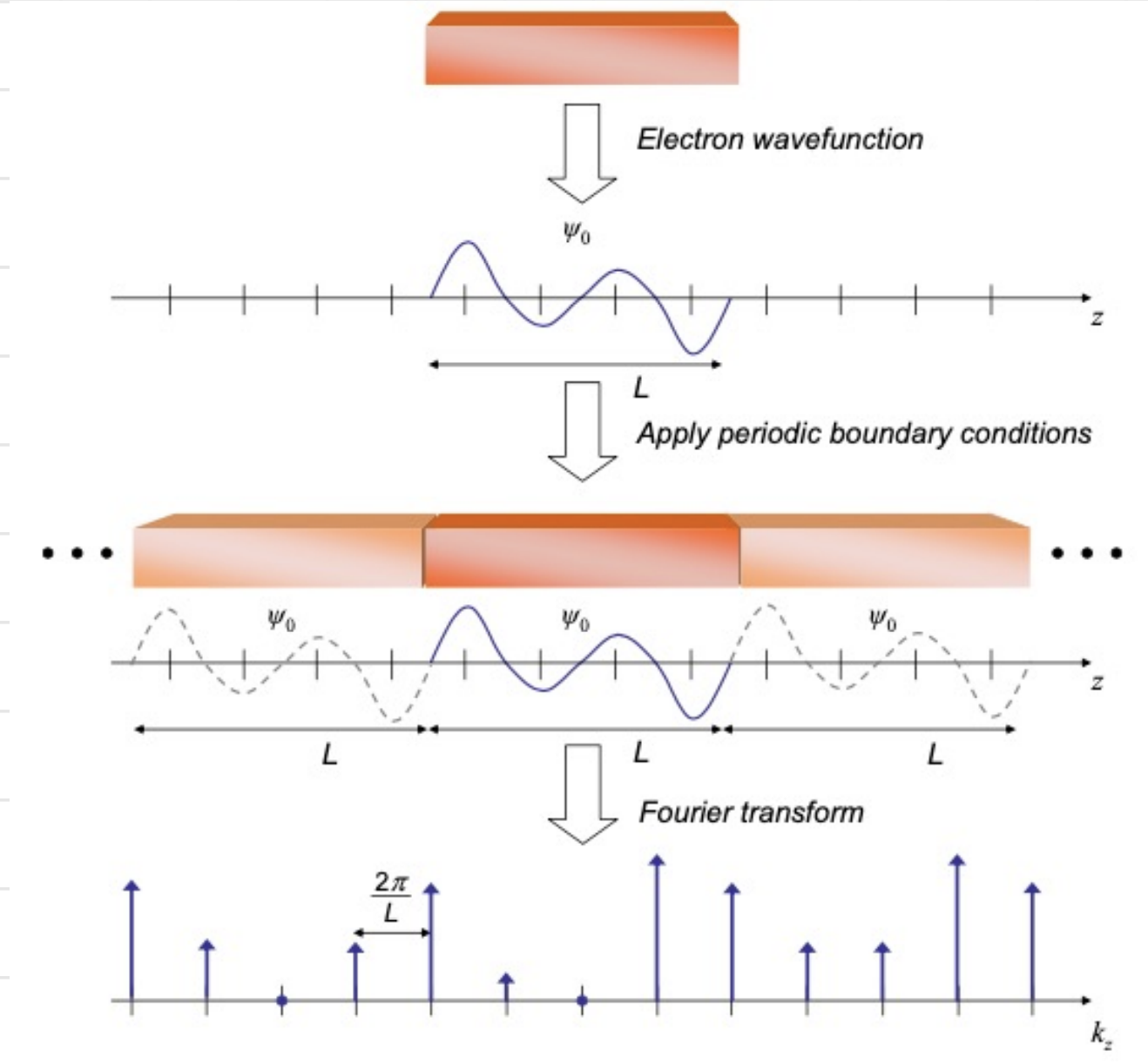
Due to the boundary condition we get that:
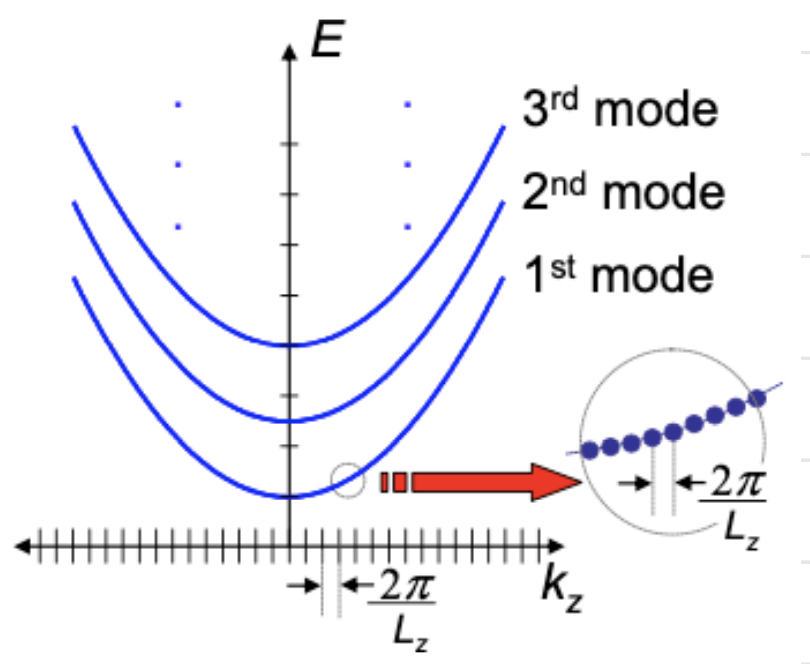
1D DOS
Starting from the first band
We can find
Recalling the relation between
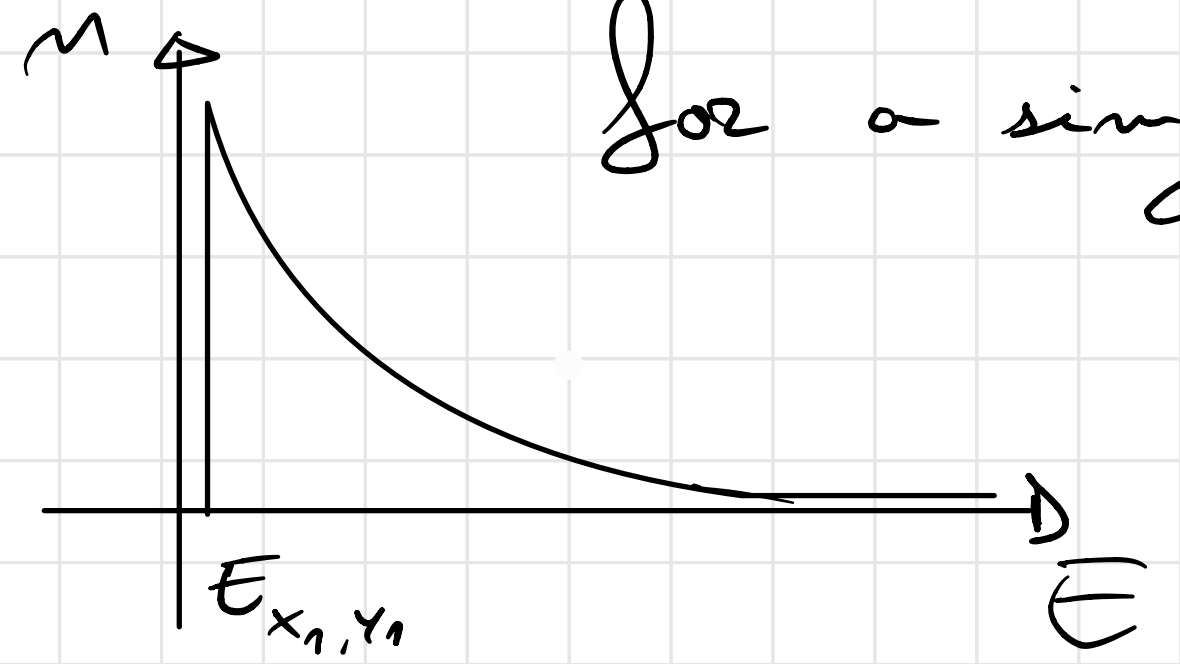
We can now add the other bands
